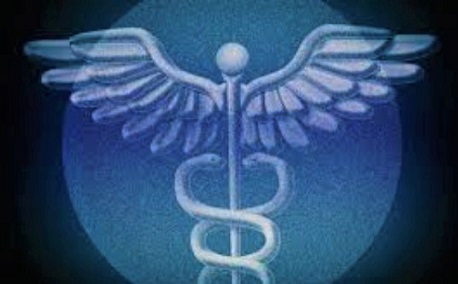
The American Academy of Pediatrics and Children’s Hospital Association (AAPCHA) announced earlier this week that children contracting coronavirus has reached “unprecedented levels.”
“The surge in COVID-19 cases across the country is impacting children in unprecedented levels,” according to data compiled by the AAPCHA, which tracks data reported by state health departments.
As of October 29, more than 853,000 children have tested positive for COVID-19 since the onset of the pandemic, with nearly 200,000 new cases in children diagnosed during the month of October. In the one-week period ending October 29, there were 61,000 new cases in children, more than any previous week.
In Kentucky, 17,490 cases of COVID-19 have been confirmed in children 19-years-old and younger, according to the Kentucky Department for Public Health, representing 15.5 percent of infections in the commonwealth.
“This is a stark reminder of the impact this pandemic is having on everyone – including our children and adolescents,” said American Academy of Pediatrics (AAP) President Sally Goza, MD, FAAP. “This virus is highly contagious, and as we see spikes in many communities, children are more likely to be infected, too. We can help protect everyone in our communities by keeping our physical distance, wearing masks, and following other recommendations from our doctors and public health experts.”
At this time, it appears that severe illness due to COVID-19 is rare among children, though. However, the AAP notes an urgent need to collect more data on long-term impacts on children, including ways the virus may harm the long-term physical health of infected children, as well as its emotional and mental health effects.
“Not only are children feeling the direct effects of the virus and becoming ill, but the pandemic has transformed their lives at critical stages of development and education,” Dr. Goza said. “I’m very concerned about the long-term harms that children may suffer, particularly Black and Hispanic children, who are suffering a higher number of infections. This includes not only children who test positive for the virus, but everyone in these communities who are suffering disproportionate emotional and mental health harms.”
The definition of a “child” case is based on varying age ranges reported across states. See the full report for an age breakdown and links to data sources.
“These numbers reflect a disturbing increase in cases throughout most of the United States in all populations, especially among young adults,” said Yvonne Maldonado, MD, FAAP, chair of the AAP Committee on Infectious Diseases. “We are entering a heightened wave of infections around the country. We would encourage family holiday gatherings to be avoided if possible, especially if there are high risk individuals in the household.”
The AAP believes the number of reported COVID-19 cases in children is likely an undercount because childrens’ symptoms are often mild, and they may not be tested for every illness.
“On every measure – new infections, hospitalizations, and deaths – the U.S. is headed in the wrong direction,” Dr. Goza said. “We urge policymakers to listen to doctors and public health experts rather than level baseless accusations against them. Physicians, nurses and other health care professionals have put their lives on the line to protect our communities. We can all do our part to protect them, and our communities, by wearing masks, practicing physical distancing, and getting our flu immunizations.”
By Ken Howlett, News Director
Contact Ken at ken@k105.com








